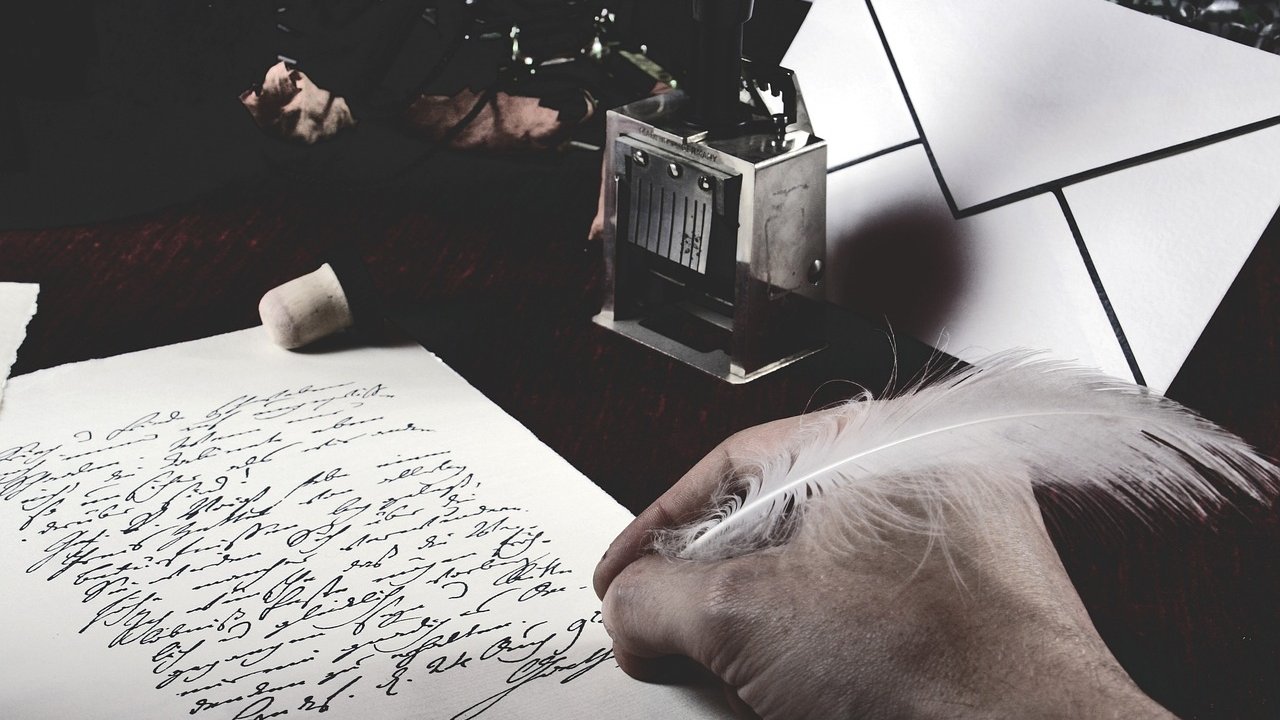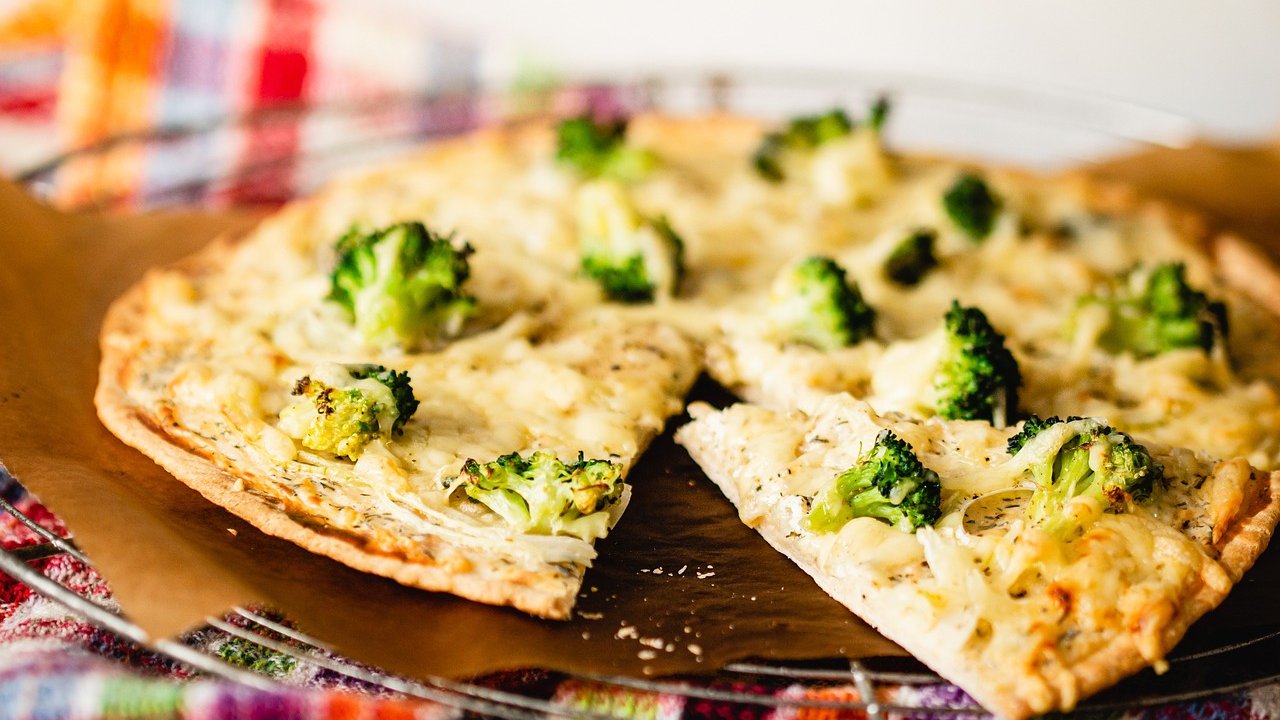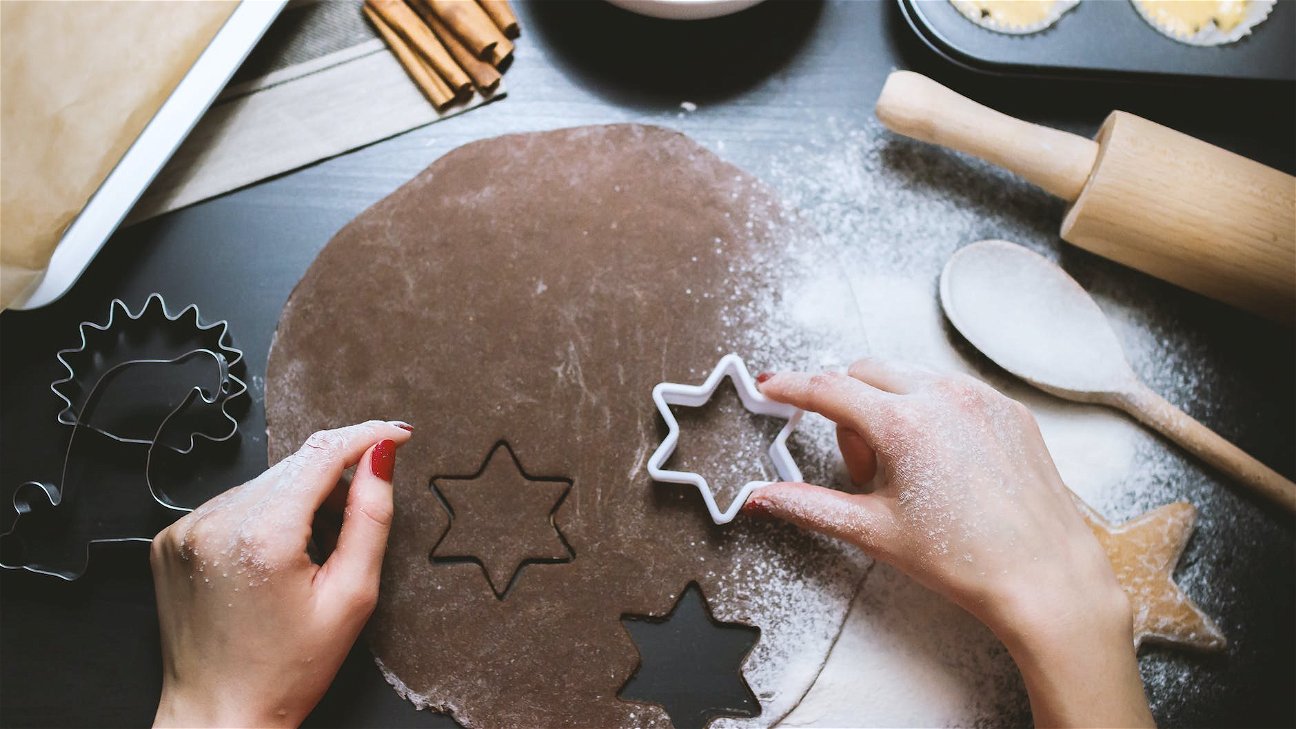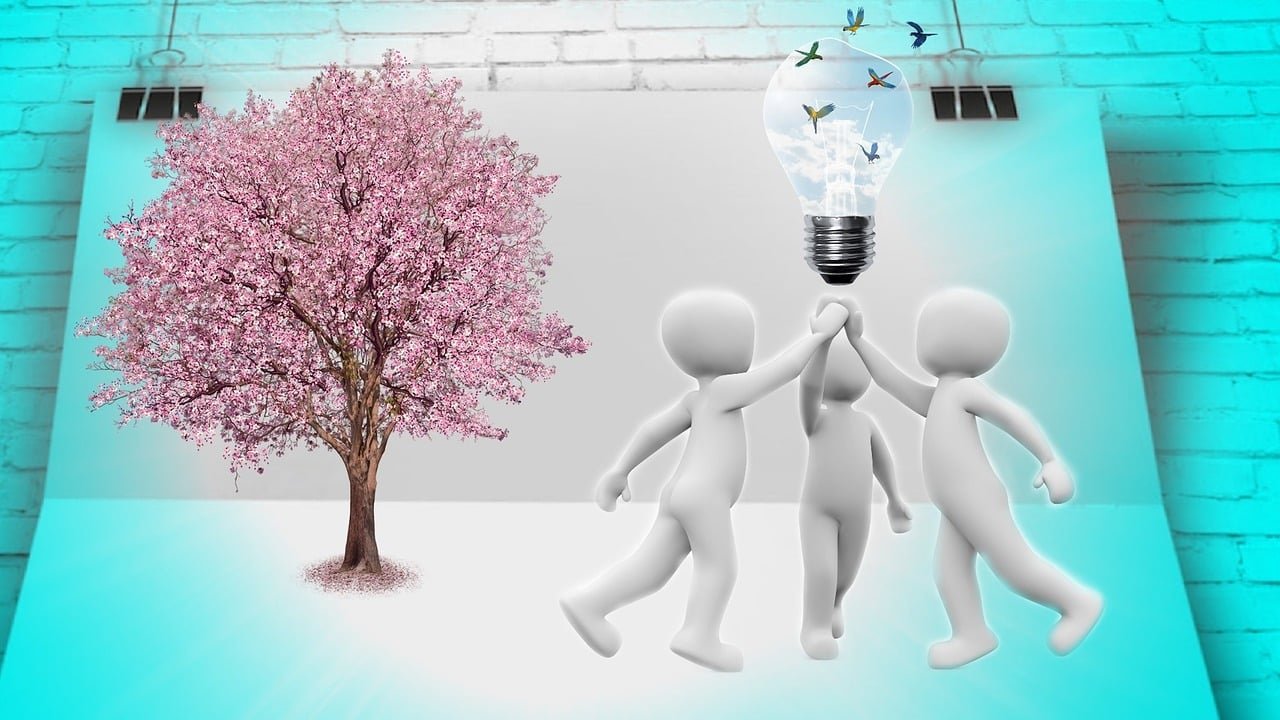
Embarking on your journey into the world of watercolor painting can be both exciting and slightly intimidating. But don't worry - we've got you covered. In this guide, we'll take you through everything you need to know to get started, from choosing your paints to mastering brush techniques.
Choosing your paints
When starting with watercolor painting, the first thing you need to consider is the paint itself. There are numerous brands and types of watercolor paints available. Here are a few things to consider when choosing yours:
-
Quality: High-quality paints will provide brighter, more vibrant colors. However, they can be more expensive. As a beginner, it's fine to start with student-grade paints and upgrade as you improve.
-
Color: Most sets come with a range of colors. But as a beginner, it's best to start with a limited palette and learn how to mix colors to create the shades you desire.
-
Form: Watercolors come in tubes and pans. Tubes contain more pigment and are a better choice for larger paintings. Pans are more portable and are great for sketching on the go.
Preparing your workspace
Getting your workspace ready is a crucial step in watercolor painting. You'll need:
-
A flat surface: Watercolor painting requires a flat surface to prevent the paint from running.
-
Water dishes: You'll need at least two - one for clean water and one for washing your brushes.
-
Palette: This is where you'll mix your colors. Many watercolor sets come with built-in palettes, but you can also purchase one separately.
-
Paper towel: Handy for blotting your brush and soaking up excess water.
Mastering brush techniques
There are several brush techniques that are fundamental to watercolor painting. Here's a table detailing some of the most important ones:
Practice these techniques, and soon enough, you'll start feeling comfortable with your brush and paints. Remember, the key to mastering watercolor painting is practice, patience and, most importantly, enjoying the process.











